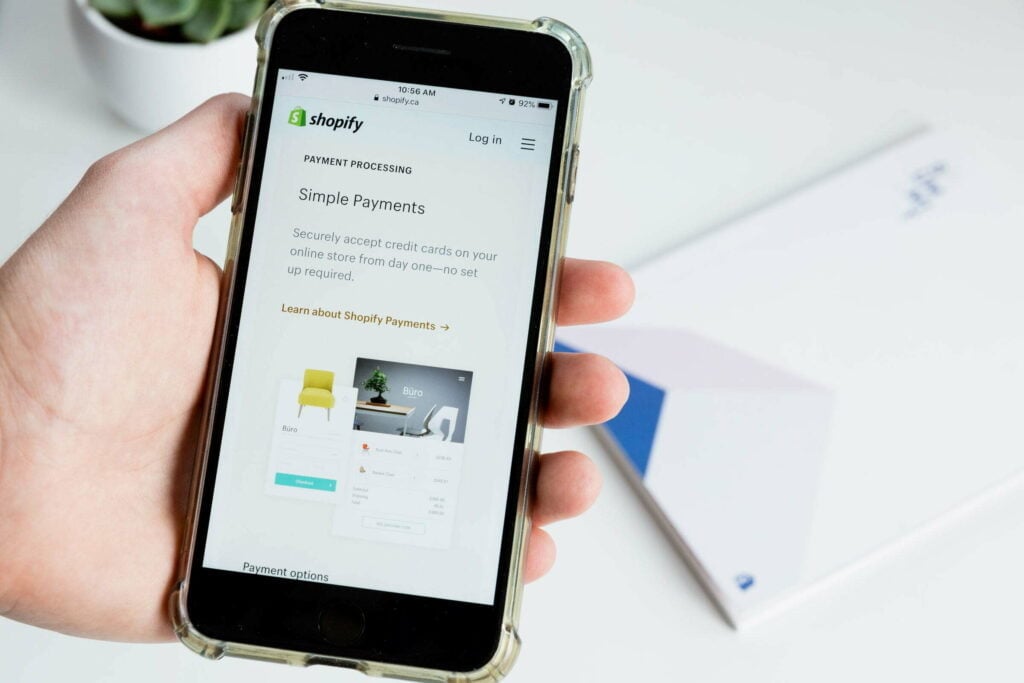Picture this: You’re a savvy entrepreneur ready to storm the online advertising world. You’re armed with a killer product, a razor-sharp wit, and a budget that’s burning a hole in your pocket. But one question keeps you up at night: LinkedIn Ads vs Google Ads – which one should I choose?
Well, my friend, you’ve stumbled upon the right place. In this epic, no-holds-barred showdown, I’ll weigh the pros and cons of LinkedIn Ads and Google Ads like a digital marketing gladiator, armed with anecdotes, opinions, and insights that will make your decision-making process as smooth as butter on a hot summer day.
So buckle up because it’s about to get real.

Targeting – Laser Focus or A Shotgun Approach?
LinkedIn Ads
Let’s be honest: If you’re a B2B marketer with a penchant for precision, LinkedIn Ads are like finding a perfectly tailored suit in a sea of ill-fitting blazers. LinkedIn’s laser-focused targeting options allow you to hone in on specific industries, job titles, company sizes, and even individual skills. Want to target IT managers with a weakness for 80s hair metal and a penchant for vegan cuisine? No problem!
Google Ads
On the other hand, Google Ads is more like a trusty old shotgun – it might not have the same pinpoint accuracy, but it’s got a hell of a range. With Google’s vast network (covering over 90% of internet users), you can target various interests, behaviours, and demographics. So if you want to make a splash with a broader audience, Google Ads is your huckleberry.
Ad Formats – The Battle of Variety and Visibility
LinkedIn Ads
LinkedIn is like a Swiss Army knife regarding ad formats – it’s got a little bit of everything. From Sponsored Content to InMail, Dynamic Ads to Lead Generation Forms, there’s no shortage of ways to get your message across. And with LinkedIn’s professional user base, you’re more likely to be seen by decision-makers who can make things happen.
Google Ads
But wait, there’s more! With options like Search Ads, Display Ads, Video Ads, and Shopping Ads, the possibilities are virtually endless. Plus, with Google’s massive reach, your ads can appear on YouTube, Gmail, and many other websites and apps that make up the Google Display Network. Google Ads is like a box of chocolates – you never know what you’ll get (but in a good way).
Cost – The Battle of the Budgets
LinkedIn Ads
Let’s not beat around the bush – LinkedIn Ads can be a bit pricey. With a minimum CPC (cost per click) of $2, it might feel like you’re shelling out more than a pretty penny. But remember, you’re paying for that sweet, sweet targeting. If your campaign is well-executed, the ROI can be absolutely worth it.
Google Ads
In the red corner, we have the budget-friendly contender, Google Ads. With lower CPCs and flexible budget options, it’s the reigning champion for those looking to stretch their dollars. But beware: Great responsibility comes with great power (and lower costs). Optimizing your campaigns and weed out irrelevant traffic is essential to ensure you’re getting the most bang for your buck.
The Metrics – Tracking Your Success
LinkedIn Ads
In this age of data-driven marketing, LinkedIn Ads offers up a veritable smorgasbord of metrics to help you track your success. From click-through rates (CTRs) to impressions, conversions to engagement, you’ll have more than enough data to satisfy even the most obsessive marketing nerd.
Google Ads
But don’t count Google Ads out just yet – it comes equipped with its own arsenal of metrics that’ll have you drowning in data (in the best way possible). With options like conversion tracking, impression share, and even auction insights, you’ll have a clear picture of your campaign’s performance and areas for improvement.
Ease of Use – Which Platform Takes the Cake?
LinkedIn Ads
LinkedIn Ads offers a relatively straightforward and user-friendly platform for digital marketing newbies out there. It might not be as feature-rich as Google Ads, but it’s easy to start and set up your campaigns without feeling like you need a degree in rocket science.
Google Ads
Ah, Google Ads – the powerful platform is practically synonymous with online advertising. But with great power comes great complexity. Google Ads can be a bit intimidating for newcomers, and it might take a bit of time to get the hang of it. However, once you’ve mastered the platform, the world (or at least the online advertising world) is your oyster.
Frequently Asked Questions
Can I use both LinkedIn Ads and Google Ads at the same time?
Absolutely! In fact, many marketers find that using both platforms in tandem can lead to even better results. Just make sure to allocate your budget accordingly and tailor your campaigns to each platform’s unique strengths.
Which platform is better for generating leads?
Both platforms can be effective for lead generation, but LinkedIn Ads tends to shine when it comes to B2B marketing. Its targeting options make reaching decision-makers in specific industries easier, which can lead to higher-quality leads.
Which platform is better for increasing brand awareness?
Thanks to its massive reach and diverse ad formats, Google Ads has the edge when it comes to increasing brand awareness. Display Ads, Video Ads, and YouTube advertising can all help get your brand in front of a wide audience.
Can I track conversions on both platforms?
Yes, both LinkedIn Ads and Google Ads offer conversion tracking options to help you measure the success of your campaigns. Be sure to set up conversion tracking from the get-go to gather valuable data on your campaign performance.
How do I choose the right ad format for my campaign?
Consider your campaign goals and target audience when selecting an ad format. For example, if you’re looking to generate leads, LinkedIn’s Lead Generation Forms might be a good fit. If you’re focused on increasing brand awareness, Google’s Display Ads or Video Ads could be the way to go. Don’t be afraid to experiment and see what works best for your specific situation.
The Final Verdict: LinkedIn Ads Vs Google Ads
So, who’s the winner in this epic showdown between LinkedIn Ads and Google Ads? Well, as with most things in life, it really depends on your unique situation. If you’re a B2B marketer with a penchant for precision and a thirst for targeting, LinkedIn Ads might be your ticket to success.
On the other hand, if you’re after a broader audience and a more extensive range of ad formats, Google Ads could be the way to go.
But why limit yourself to just one platform? True marketing mavericks know that a well-rounded strategy involves diversifying your ad spend across multiple channels.
So go forth, my marketing warriors, and conquer the online advertising landscape with a mix of LinkedIn and Google Ads that’ll have your competitors quaking in their boots.




